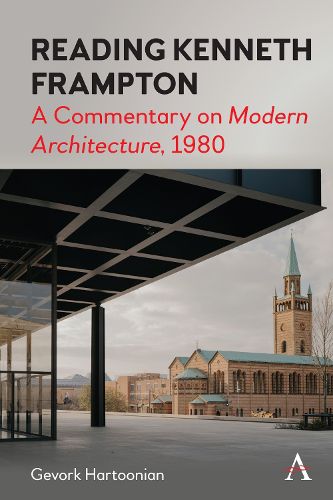Readings Newsletter
Become a Readings Member to make your shopping experience even easier.
Sign in or sign up for free!
You’re not far away from qualifying for FREE standard shipping within Australia
You’ve qualified for FREE standard shipping within Australia
The cart is loading…






This book focuses on the first edition of Kenneth Frampton's Modern Architecture: A Critical History, published in 1980. It searches for clues and positions that will provide the reader with an unprecedented insight into the significance of Frampton's historiography of modern architecture. It explores selected themes in line with Frampton's many-faceted contribution, certain aspects of which can be noted between the lines of his ongoing criticism of the present-day architecture, which inevitably lead us to a critical understanding of the past, the modernity of architecture's contemporaneity. The compiled chapters attempt to open a window onto the constellation of themes that allowed Frampton to hold on to his anteroom view of history even amidst the flow of time and flood of temporalities spanning 19802020. The book elucidates how Frampton's critical presentation of the history of modern movement architecture and the book's classificatory mode (periodization?) contribute to our understanding of the contemporaneity of architecture today.
$9.00 standard shipping within Australia
FREE standard shipping within Australia for orders over $100.00
Express & International shipping calculated at checkout
This book focuses on the first edition of Kenneth Frampton's Modern Architecture: A Critical History, published in 1980. It searches for clues and positions that will provide the reader with an unprecedented insight into the significance of Frampton's historiography of modern architecture. It explores selected themes in line with Frampton's many-faceted contribution, certain aspects of which can be noted between the lines of his ongoing criticism of the present-day architecture, which inevitably lead us to a critical understanding of the past, the modernity of architecture's contemporaneity. The compiled chapters attempt to open a window onto the constellation of themes that allowed Frampton to hold on to his anteroom view of history even amidst the flow of time and flood of temporalities spanning 19802020. The book elucidates how Frampton's critical presentation of the history of modern movement architecture and the book's classificatory mode (periodization?) contribute to our understanding of the contemporaneity of architecture today.